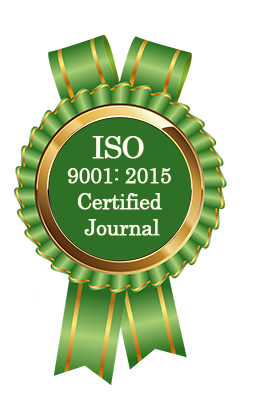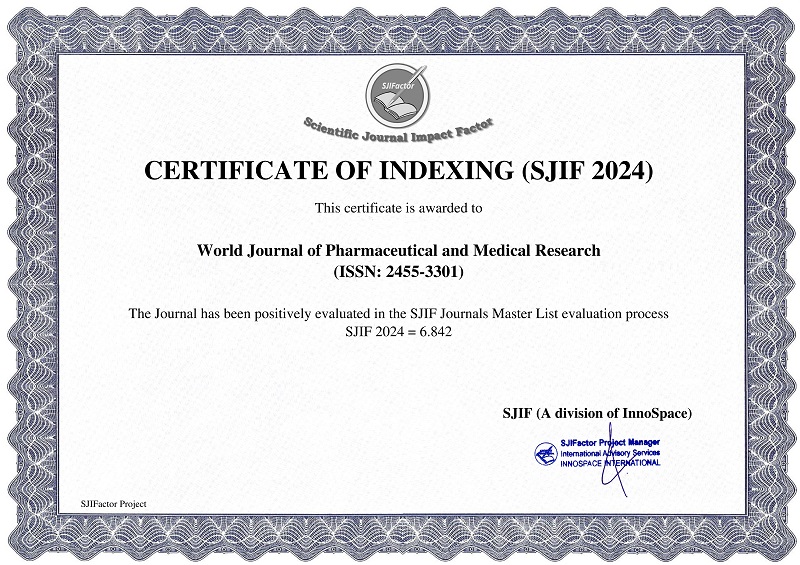NIJA AND AGANTU VYADHI: CONCEPTUAL FRAMEWORK AND CLINICAL RELEVANCE IN AYURVEDA
*Chaithrashree S., Shrinath M. Vaidya
ABSTRACT
Ayurveda, the ancient Indian system of medicine, classifies diseases (Vyadhi) based on their etiological origins into Nija (endogenous) and Agantuja (exogenous). This fundamental distinction underpins Ayurvedic diagnosis, pathogenesis, and therapeutic strategies. Nija Vyadhis arise primarily from internal imbalances of the bodily humors (Doshas), while Agantuja Vyadhi’s are initiated by external factors.[1] This article delves into the classical conceptualization of Nija and Agantuja Vyadhi, drawing from authoritative Ayurvedic texts. It explores their distinct etiological factors (Nidana), pathogenic pathways (Samprapti), and characteristic manifestations. Crucially, the article examines the interplay (Anubandha) between these two categories, where one can lead to or complicate the other. The clinical relevance of this classification is highlighted through its impact on treatment principles (Chikitsa), demonstrating how understanding the Nija or Agantuja nature of a disease, and any subsequent Dosha involvement, dictates specific therapeutic interventions. This conceptual framework remains profoundly relevant for Ayurvedic practice, offering a nuanced approach to personalized patient care.
[Full Text Article] [Download Certificate]



